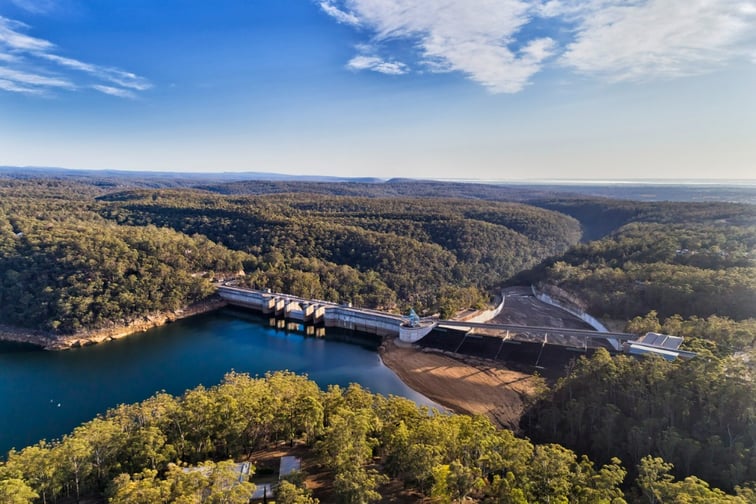

A researcher from the University of Canterbury is seeking to save lives in West Coast communities by predicting high-hazard zones where landslide dams may form, which could result in major flooding. The project has received funding from the EQC’s University Research Programme.
According to Jane McMecking from the Disaster Risk and Resilience Group at the University of Canterbury, landslide dams form when debris from a landslide blocks a river channel. The dam blocks water, which then backfills into the upstream valley and eventually bursts the dam. This is known as outburst flooding, and can have devastating impacts on communities, destroying homes and infrastructure.
Large numbers of landslides and landslide dams formed in the wake of the Kaikoura earthquake. Heavy rainfall can also cause landslide dams and increase the risk of the dam bursting.
McMecking created a model to assess where landslide dams and outburst flooding might occur on the West Coast as part of her master’s thesis. She said the research aims to save lives in the event of an Alpine Fault earthquake and help councils and local Civil Defence with their evacuation plans.
“The more science we have, the more we understand these hazards and the more we can work with communities and relevant organisations to understand the impacts of potential hazards and improve our resilience,” McMecking said. “Landslide dams aren’t well known, so I’m hoping this project will bring more awareness.”
McMecking’s research was recently recognised in the Three Minute Thesis competition where university students summarised their work in a three-minute video without props or animations. She was awarded first place in the masters’ category and represented the university in the national final in September.
“We know that secondary events, like flooding after an earthquake, can cause more damage than the actual main event, so it’s important to identify which areas are most at risk,” said Natalie Balfour, EQC head of research. "We’re proud to fund this and other University Research Programmes, which are part of the $20 million that Toka Tū Ake EQC invests in natural hazard research every year to support local communities so that everyone can be better prepared. Applications for the next round of University Research grants are open and I’m excited to see more amazing work, which will help build resilience and protect people and property.”
